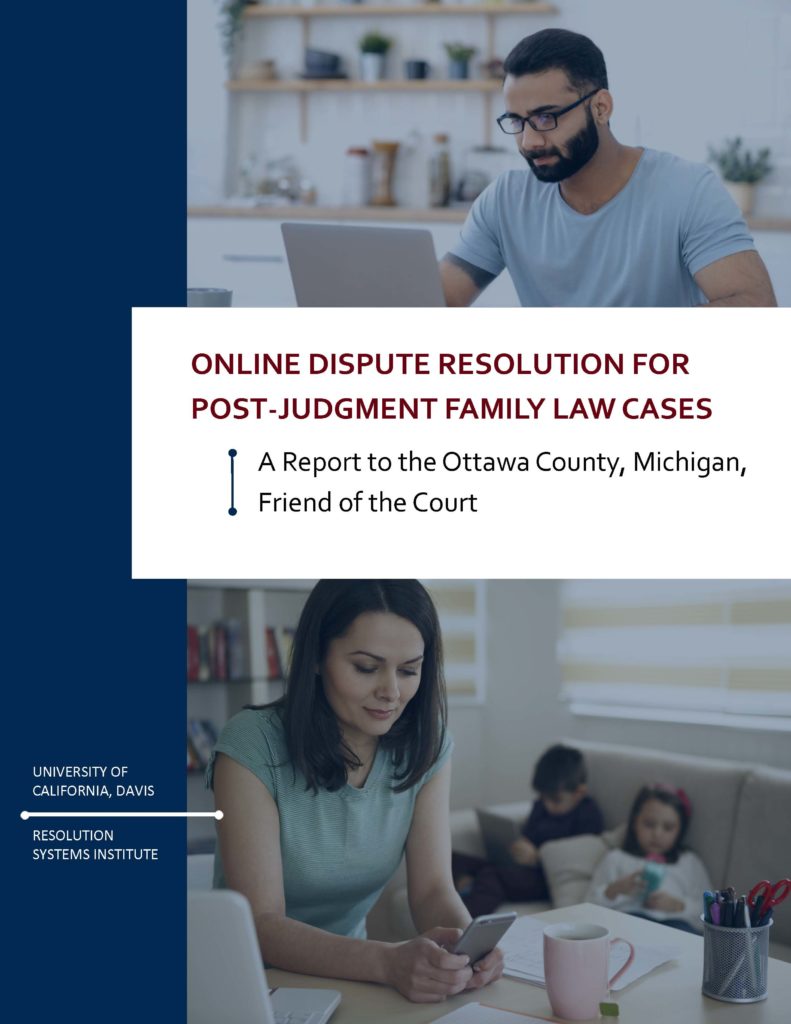This article is part of a series of perspectives on eviction mediation program development that is being supported by the American Arbitration Association-International Centre for Dispute Resolution Foundation. The AAA-ICDR’s grant is enabling RSI to expand our outreach to court ADR colleagues working in the fast-evolving eviction field, and we are tremendously grateful to the Foundation for their support.
Earlier this summer, I had the opportunity to learn about a successful and innovative eviction mediation program on the island of Oahu in Hawaii. Mediation Center of the Pacific (MCP) Executive Director Tracey Wiltgen generously shared some of her time with me to explain how the program works.

Prior to the pandemic, MCP conducted landlord-tenant mediations on-site in Oahu’s courtrooms. Not atypical of many in-court eviction mediation programs pre-pandemic, parties and mediators were often limited to 20 minutes to mediate their cases. MCP was able to help parties reach agreement in about half of cases, and in about one-fifth of those agreements, the tenant would be able to stay in their home. All things considered, those statistics were pretty impressive.
But in the wake of Hawaii’s eviction moratorium being lifted in August 2021, MCP’s eviction mediation program accomplished some truly remarkable things. In less than a year, it mediated over 1,300 cases and reached agreement in 87% of those. Underlying those successes was a strong foundation upon which MCP built its program.
Making the Most of the Moratorium
The program was developed with the input of many interested parties taken into consideration. Housing advocates and other nonprofit organizations, landlord representatives, Realtors and property managers, legislators and academics all had seats at the table when designing this program. The program was codified into legislation as Act 57, which set forth the procedure and requirements for participation.
Hawaii’s moratorium was lifted in an unconventional tiered system, whereby landlords were allowed to file their cases on a schedule according to how many months of back rent was owed. While landlords were in this holding pattern, they were required to file a notice with MCP of their intent to file their case in court, so that MCP could reach out to tenants and inform them about the process. If the tenant wanted mediation, the landlord would be required to participate. The ability to engage in mediation before the court case was formally filed gave parties more time to explore options, and it helped reduce strain on the court.
Funding Extends Reach
With funding from Act 57, MCP was able to shift from using volunteer mediators to paid ones. The organization recruited 30 mediators from 15 states to mediate these cases remotely. Treating mediators as independent contractors, MCP required that mediators have proficiency in Zoom and generally high levels of digital literacy. This meant that MCP did not have to dedicate staff resources to providing technical support during mediations, or accommodate time-intensive scheduling requests (scheduling was mostly automated through the YouCanBookMe tool). Instead, their case managers were freed up to focus on reaching out to as many parties as they could.
MCP also astutely used the funding from Act 57 to invest in its own internal processes. This included setting up an online portal enabling the landlords to provide the required notice to MCP. The form the landlords filled out fed directly into MCP’s case management system, saving staff lots of time and effort.
Having shifted away from the on-site mediation model, parties were now free to have longer sessions, typically 90 minutes. This no doubt played a role in increasing the agreement rate, allowing parties the space to work through impasses that could not be ironed out in a rapid-fire, 20-minute session.
The joint efforts among mediation programs, alongside rental assistance and legal aid efforts, are central to many eviction diversion initiatives, and the MCP program was no exception. MCP staff and mediators shared a Microsoft Teams workspace with the local rental assistance partner, which enabled them to get real-time updates on the status of an application during a mediation. Legal aid and other service providers worked closely with the mediation program, and referrals between one another were standard procedure.
Unfortunately, Act 57 was a temporary initiative and was not renewed when it expired in August 2022. MCP nonetheless is continuing to offer mediation on a voluntary, prefiling basis to interested parties. MCP’s model provides excellent guidance to courts looking to develop and improve upon their eviction mediation efforts. While moratoria in most places have been lifted, the need for comprehensive eviction solutions has failed to abate as recession, inflation and the ongoing impacts of COVID-19 continue to exacerbate housing issues.




